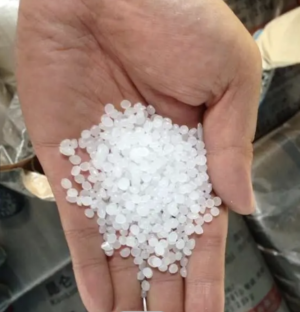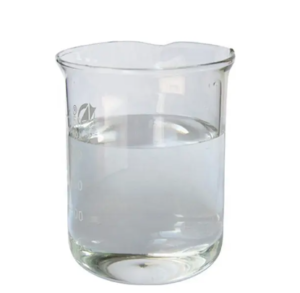Acetone, commonly referred to as Ace in various industrial and commercial settings, is a colorless, volatile liquid with a characteristic sweet odor. Here are some key points about acetone:
- Chemical Structure: Acetone has the chemical formula (CH3)2CO and is classified as a ketone. It consists of three carbon atoms, six hydrogen atoms, and one oxygen atom, arranged in a linear structure with a carbonyl group (C=O) in the center.
- Production: Acetone is primarily produced through the cumene process, which involves the reaction of propylene with benzene to form cumene, followed by oxidation and decomposition to produce phenol and acetone. Additionally, acetone can be obtained as a byproduct of the oxidation of isopropanol (also known as IPA or isopropyl alcohol).
- Properties:
- Volatility: Acetone is highly volatile, with a low boiling point of approximately 56°C (133°F). It evaporates rapidly at room temperature, leading to its characteristic strong odor.
- Solvent: Acetone is a powerful solvent for a wide range of organic compounds, including oils, fats, resins, waxes, and plastics. It is miscible with water and many organic solvents, making it useful in various industrial processes, cleaning agents, and nail polish removers.
- Flammability: Acetone is highly flammable, with a flash point of -18°C (-0.4°F) and a relatively wide flammable range in air. It should be handled with caution and stored away from heat sources and open flames.
- Miscibility: Acetone exhibits complete miscibility with water, meaning it can mix with water in all proportions. This property enhances its effectiveness as a solvent and cleaning agent for aqueous and non-aqueous solutions.
- Uses:
- Industrial Solvent: Acetone is widely used as a solvent in industrial processes, such as paint and coating production, adhesive manufacturing, and chemical synthesis. It helps dissolve and disperse various substances and facilitates mixing and homogenization of formulations.
- Cleaning Agent: Acetone is employed as a cleaning agent in many applications, including degreasing metal surfaces, removing adhesive residues, cleaning glassware in laboratories, and as a solvent in household cleaning products.
- Nail Polish Remover: Acetone is a key ingredient in nail polish removers, where it effectively dissolves and removes nail polish from fingernails and toenails. Its strong solvent properties make it efficient in breaking down and lifting away layers of nail polish.
- Medical and Cosmetic Applications: Acetone is used in medical and cosmetic formulations, including antiseptic solutions, skincare products, and hair care products. It can act as a solvent, preservative, or antimicrobial agent in these applications.
- Safety Considerations: While acetone is generally recognized as safe for its intended uses when handled properly, it can cause irritation to the skin, eyes, and respiratory tract upon prolonged or repeated exposure. Inhalation of acetone vapors in high concentrations may lead to dizziness, headache, and nausea. Adequate ventilation and personal protective equipment (PPE) should be used when handling acetone to minimize exposure and risks.









Reviews
There are no reviews yet.